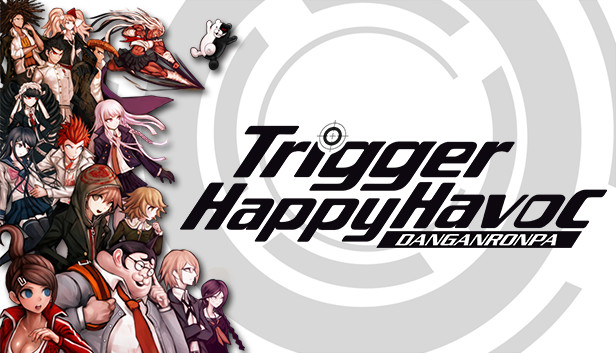
Danganronpa: Trigger Happy Havoc
Danganronpa starts out strong, combining a premise similar to Zero Escape, courtroom gameplay along the lines of Ace Attorney, and a relationship-based skill system straight out of the Persona series. These influences are all enhanced by a streak of indelible black comedy best exemplified by the game’s mascot, a sociopathic cartoon teddy bear. However, as the story unfolds, it becomes more and more of a slog to play. All of the courtroom mechanics have their own nuisances: the section in which you shoot down contradictions has a broad definition of “contradiction,” the rhythm minigame used to pierce through ad hominem statements lacks a discernible rhythm, and the Hangman minigame is simply a waste of space. Nevertheless, I still recommend playing on the hardest difficulty, since the alternative means watching the characters arduously crawl towards a conclusion that’s practically handed to you.
Which brings me to the primary issue: the writing. When it’s indulging in its wackier characters, it’s perfectly agreeable, but it’s unbearably drawn out everywhere else. Translation artifacts and unnecessary repetition make up a frustratingly large percentage of the script. For a while, I thought that the increasing contrivance of the plot would be its undoing, but that actually ended up being quite adequately justified. Instead, it was undone by the reveal of how ludicrously anime it truly was. Having gone out of my way to play a high school-set story in which the students have titles like “Ultimate Biker Gang Leader,” it’s fair to say I have a decent tolerance for these things, but Danganronpa’s late-game twists still ripped my suspension of disbelief to shreds. In the end, the quirky presentation was the only thing I found consistently enjoyable here.